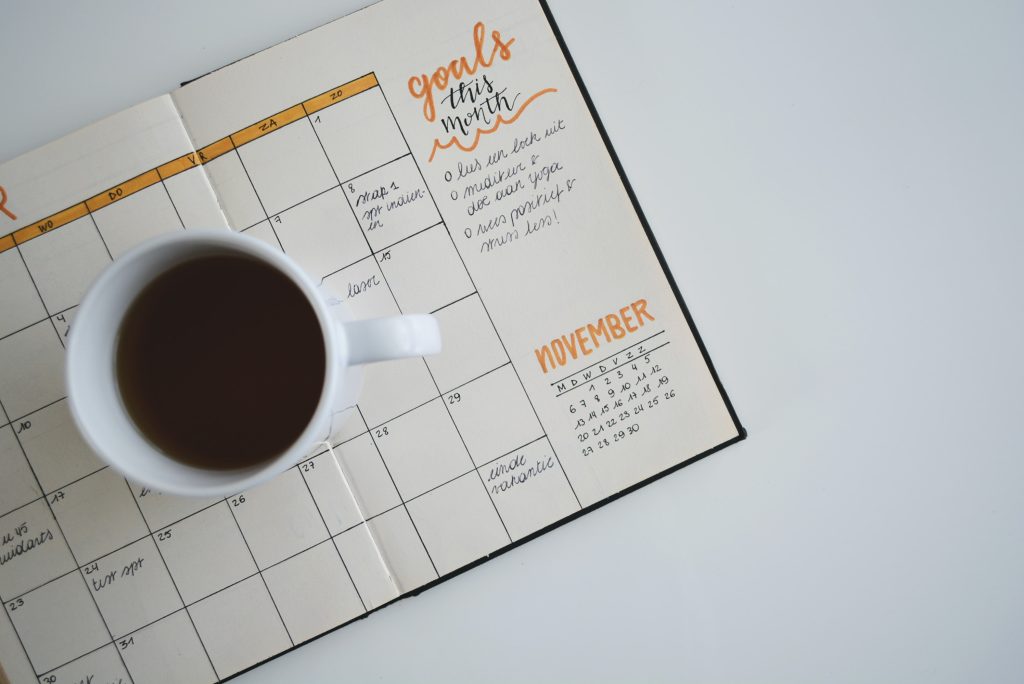
Resource Roundup
Cast Votes for Your Future Self
James Clear clear shares effective tips for creating new habits in his book “Atomic Habits.” He has the “2 minute rule.” Which means that if you want to adopt a new habit like writing, working out, or meditating, start by doing it for about 2 minutes. The purpose is to make it easy and attainable to help develop consistency. Consistency leads to developing a new identity. That identity helps to maintain a new habit. Two favorite quotes from the book are:
“…fundamentally they [habits] are not about having something. They are about becoming someone.” Habits are “casting votes for the type of person you wish to become.”
When trying to taking on a new behavior, the question “what can I do today to cast a vote for the person I wish to become?” is a powerful question and can help with forming the next right step to take.
How to Stay Motivated
Dr. Andrew Huberman shares how we can leverage dopamine to stay motivated. Dopamine is a neurotransmitter purpose is to drive us to forage and seek things for pleasure. It’s critical to our survival to find food, social connections, and procreate.When we find food and are rewarded for our foraging, dopamine peaks then goes back down. This dopamine spike occurs for bigger goals like completing a marathon. After a dopamine spike, it will drop below our baseline level.
Getting rewarded for our behaviors gives us less pleasure from the activity that evoked the reward. To stay motivated we need to keep dopamine at an appropriate level and create a better relationship to our activities and the dopamine system. It’s better to shift our mindset to finding the reward from the work and effort to evoke a dopamine release instead of waiting to feel rewarded when we reach our goal. Turn the effort into the reward.
How to Plan Better for Meeting Your Goals
Annie Duke writes about scenario planning in her book “Thinking in Bets.” Scenario planning can help us improve the quality of our plans by anticipating how things may or may not workout. Calvin Rosser recaps her two scenario planning methods of ‘Backcasting’ and ‘Premortem’:
- Backcasting – If you backcast, you imagine that you’ve achieved your goal. Then you work backward to think about how you got there. This is a positive frame that helps you imagine the outcome you want.
- Premortems – When you do a premortem, you imagine a world in which you don’t achieve your goal – aka your plan failed. You then think about all of the reasons the plan might fail, and this helps you create a plan that reduces the probability of these things from happening.
Dr. Peter Attia did backcasting when he designed the Centenarian Olympics. It helped him decide how he was going to train his body now to have the physical abilities to do activities he enjoys when he’s 90+ years old.
Try A Past Year Review
Past Year in Review is Tim Ferriss’s alternative to making New Year’s resolutions. Tim provides instructions for taking inventory of the people, activities, and commitments that gave us positive or negative experiences each month and use that information to plan for the year ahead.
Leave a Reply
You must be logged in to post a comment.